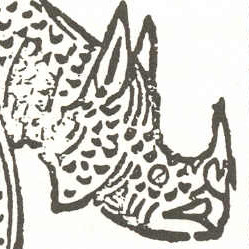You might think you need lots of clever kit and a large research team to win a Nobel prize these days. But Andre Geim and Konstantin Novoselov did it with just pencil lead and some sellotape. Well, nearly. They won the Nobel Prize for Physics, 2010, for playing with their sticky tape dispenser and producing ultra-thin sheets of graphene.
Pencil lead is (usually) a substance called graphite. Graphite is a form of carbon – so is diamond, but with the atoms differently arranged. In graphite, the carbon atoms lie in layers, with no bonds holding the layers into a firmer structure. The layers can slide over each other easily. It’s the ability of layers to fall off that allows a pencil to draw a line on paper. What if we could get a single layer? What would that material be like?

Geim and Novoselov set about doing just that. Using a lump of graphite, they removed thin layers with a piece of sticky tape, then thinned that layer with more sticky tape, and so on. The single layer graphene is just about visible, though 97% transparent. It has applications in micro (or nano) electronics, data storage, making super-strong materials and in high-energy physics. Not bad for something you can make with sticky tape and a pencil!
